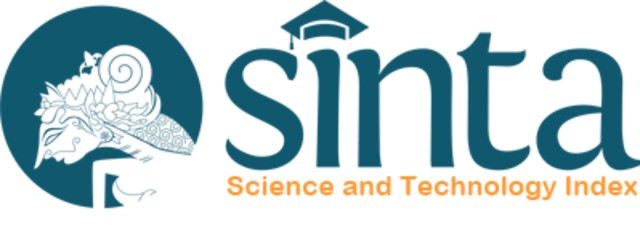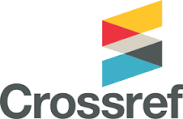Penentuan Kapasitas Produksi Supplier pada Rantai Pasok
Abstract
This research aims to determine the production capacity of a supplier in order to anticipate the demand from manufacturers. Production capacity is a reference in maintaining the continuity of the relationship between manufacturers and suppliers in a supply chain, where manufacturers can provide information on varying demand quantities. This condition causes uncertainty in the supplier's capacity, including unused facilities or excess load. Regarding this situation, it is important for the supplier to adjust its capacity to meet consumer needs, especially if the supplier is a small and medium enterprise (SME), which is generally controlled by the flow of demand from manufacturers. In this research, a control chart is utilized to determine the estimated production capacity limit. The variation in production capacity limits should be evaluated with a break-even point (BEP) approach to determine viable production capacity to meet the needs of manufacturers, which is influenced by volume and cost. The test results show that the control limit is able to anticipate variations in demand from manufacturers, with the upper and lower control limits that can be used as production references by SMEs to meet the needs of manufacturers. However, it is important to note that the selection of the control limit used as a production reference depends on the viable production area found in the BEP approach.
Downloads
References
Halim Lim, S.A., J. Antony, N. Arshed & S. Albliwi. 2017. A systematic review of statistical process control implementation in the food manufacturing industry. Total Quality Management and Business Excellence, 28(1–2): 176-189. https://doi.org/ 10.1080/14783363.2015.1050181.
Lage, M., & M.G. Filho. 2012. Production planning and control for remanufacturing: Literature review and analysis. In Production Planning and Control (Vol. 23, Issue 6: 419-435). https://doi.org/10.1080/ 09537287.2011.561815
Madanhire, I., & C. Mbohwa. 2016. Application of Statistical Process Control (SPC) in Manufacturing Industry in a Developing Country. Procedia CIRP, 40, 580–583. https://doi.org/10.1016/j.procir.2016.01.137
Matsoso, M.L., & O.H. Benedict. 2014. The Customer-Supplier Relationships in Supply Chain Management: A Small Manufac-turing Enterprise (SME) Perspective. Journal of Economics, 5(2): 177-184. https://doi.org/10.1080/09765239.2014.11884994
Modungwa, M., M. Rinke, A. Agigi & K. Mocke. 2021. The role of strategic supplier relation-ships in enhancing supply chain innova-tion: A qualitative study in the South African automotive manufacturing indus-try. African Journal of Science, Technology, Innovation and Development, 13(1): 1-14. https://doi.org/10.1080/20421338.2020.1747166.
Muthiah, K.M.N., S.H. & Huang. 2006. A review of literature on manufacturing systems productivity measurement and improve-ment. In Int. J. Industrial and Systems Engineering (Vol. 1, Issue 4).
Sohal, A.S., & W.W.C. Chung. 1998. Activity based costing in manufacturing: Two case studies on implementation. Integrated Manufacturing Systems, 9(3): 137-147. https://doi.org/10.1108/09576069810210312
Stefan, D. 2012. Developing a Cost-Volume-Profit Model in Production Decision System Based on MAD Real Options Model. Procedia Economics and Finance, 3, 350–354. https://doi.org/10.1016/s2212-5671(12)-00163-3.










